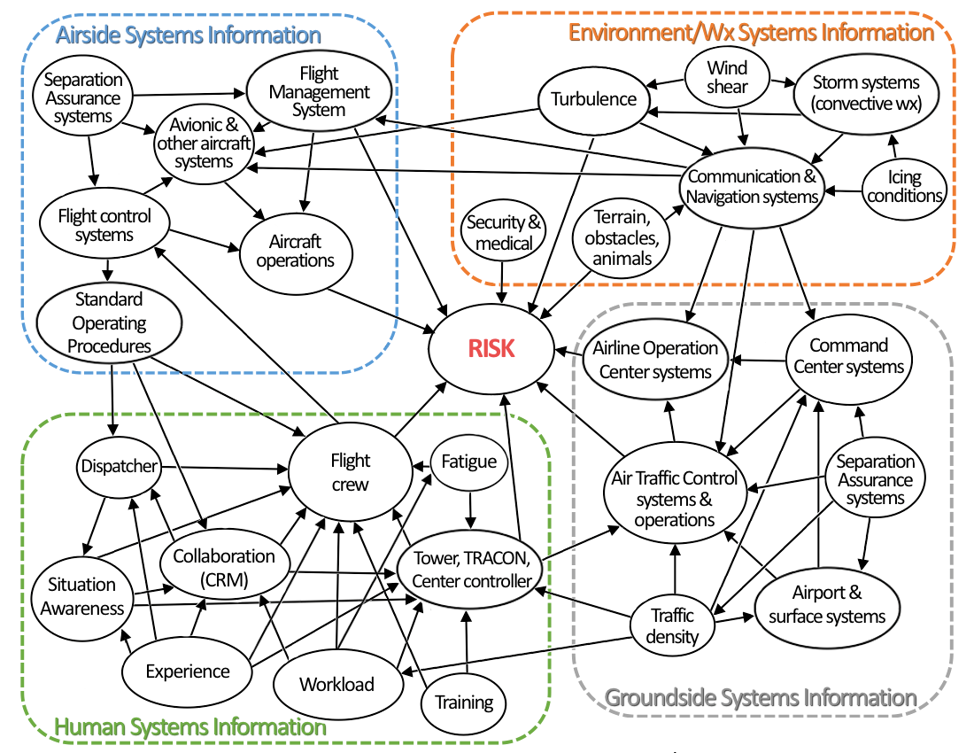NASA University Leadership Initiative
Improving safe air travel
Why our work matters
Funded by NASA’s Aeronautics University Leadership Initiative, our research team is exploring how to safely integrate the complex data sources that are driving the future of air traffic management systems.
Real-time, system-level simulation
- Complex human-cyber-physical system simulations.
- Ultra-fast algorithms for real-time analysis.
- Extreme-scale, in-air and on-ground data sources.
- System reliability and prognostics.
Integrated education and research
- Pipeline of next generation engineers.
- Integration with actual pilot training.
- Fundamental academic research with technology transfer for practical applications.
Diverse, multidisciplinary research team

Network-based learning and decision-making
Student Success Interviews
We value the progress and achievements of our students. Please watch the following videos to hear from one of our current students and one of our graduated students.
Why our team matters
Yongming Liu, professor of mechanical and aerospace engineering at Arizona State University, is directing the diverse, multidisciplinary team that includes faculty in ASU’s Ira A. Fulton Schools of Engineering and collaborators from Vanderbilt University, Southwest Research Institute and Optimal Synthesis Inc., who have the expertise on uncertainty management, system reliability analysis, and airspace simulation software development.
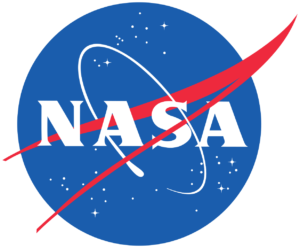
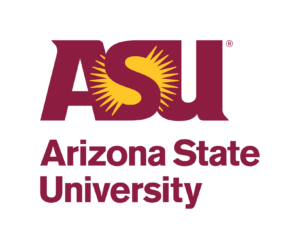

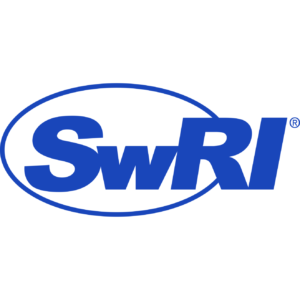

Our vision: what excites us about ULI
Research
- Integrate knowledge among multiple domains within the airspace system
- Explore complex system-of systems with human autonomy interaction
- Improve safety of air travel through multi-system simulations
- develop extreme-scale data analytics and simulation methods to enhance real-tome system-of-systems risk management
Education
- Multi-level education integration: K-12 Education Outreach program, Fulton Undergraduate Research Initiative and graduate student training
- Interaction with actual pilot training and air traffic management program
- Demonstration and data collection with ASU simulator facilities
- Preparation of future engineers in aviation
Community impact
- Development of simulation test-bed to be used for future NextGen research
- Wide dissemination of research outcomes to aviation community
- External advisory board that consists of various experts from industry, government agencies and academia
- Collaboration with PHX Sky Harbor airport for education and research
- Contribution to safety and efficiency of future airspace systems
About ASU’s Ira A. Fulton Schools of Engineering
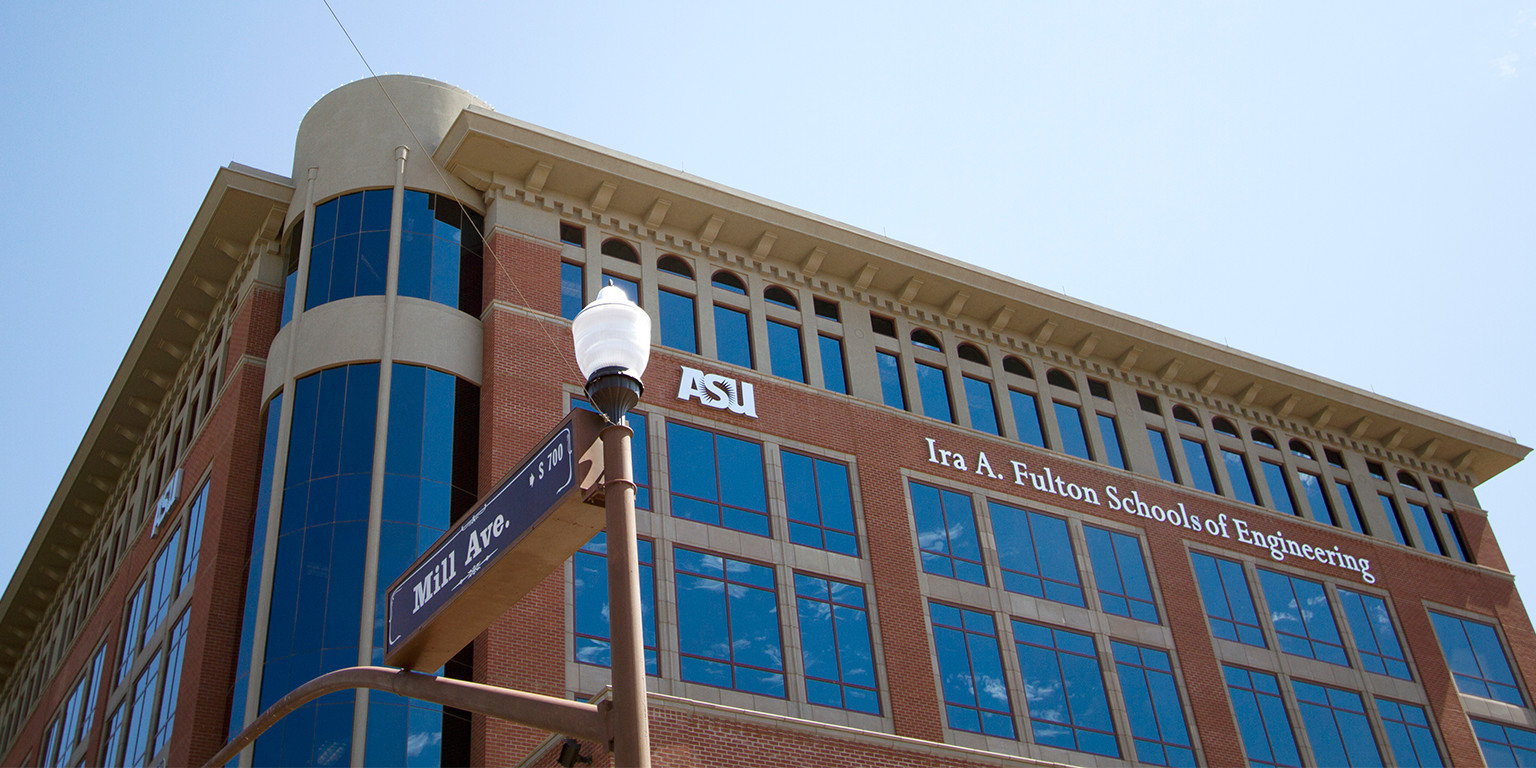
The Ira A. Fulton Schools of Engineering at Arizona State University is the largest and most comprehensive engineering program in the United States.
